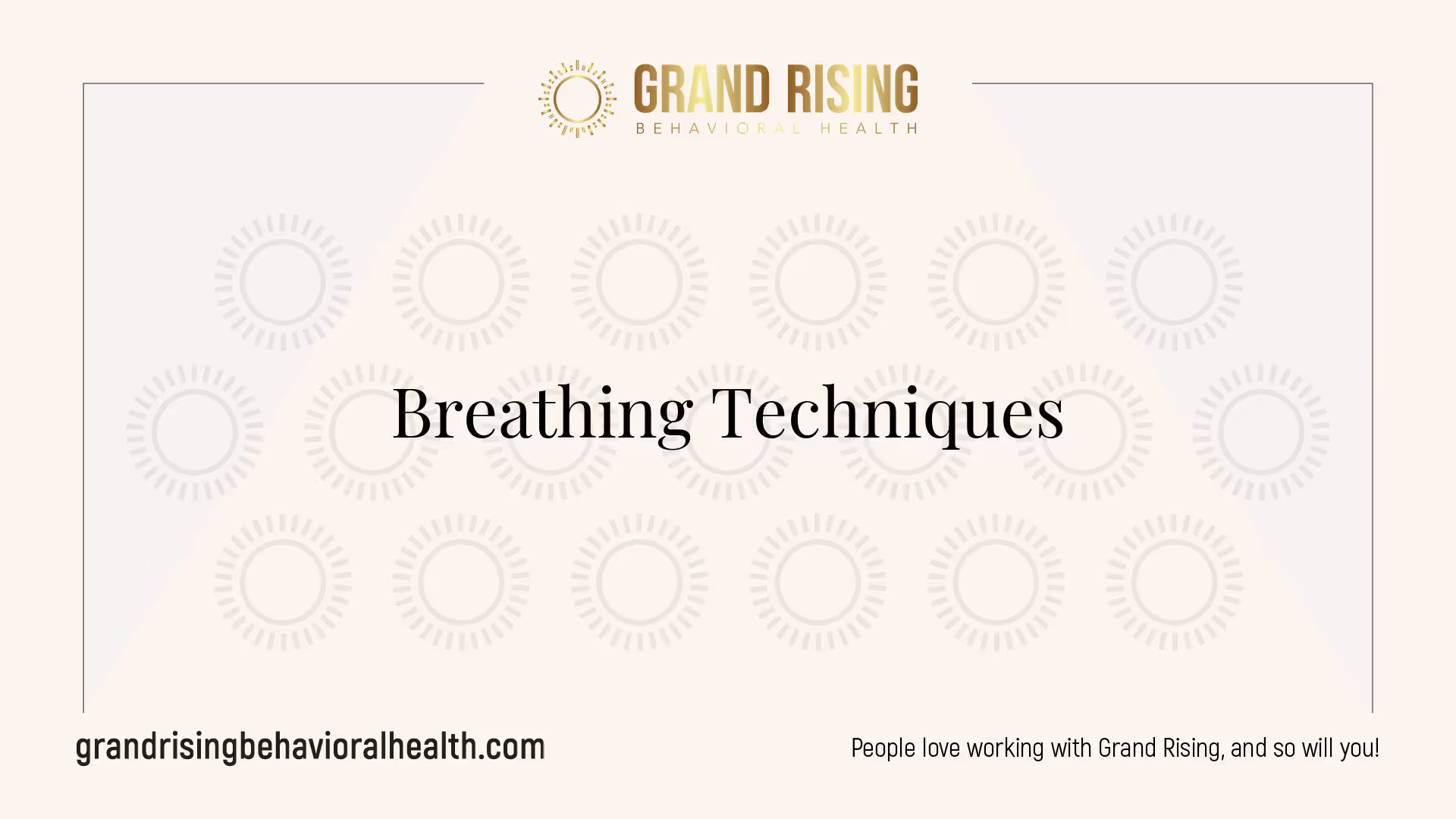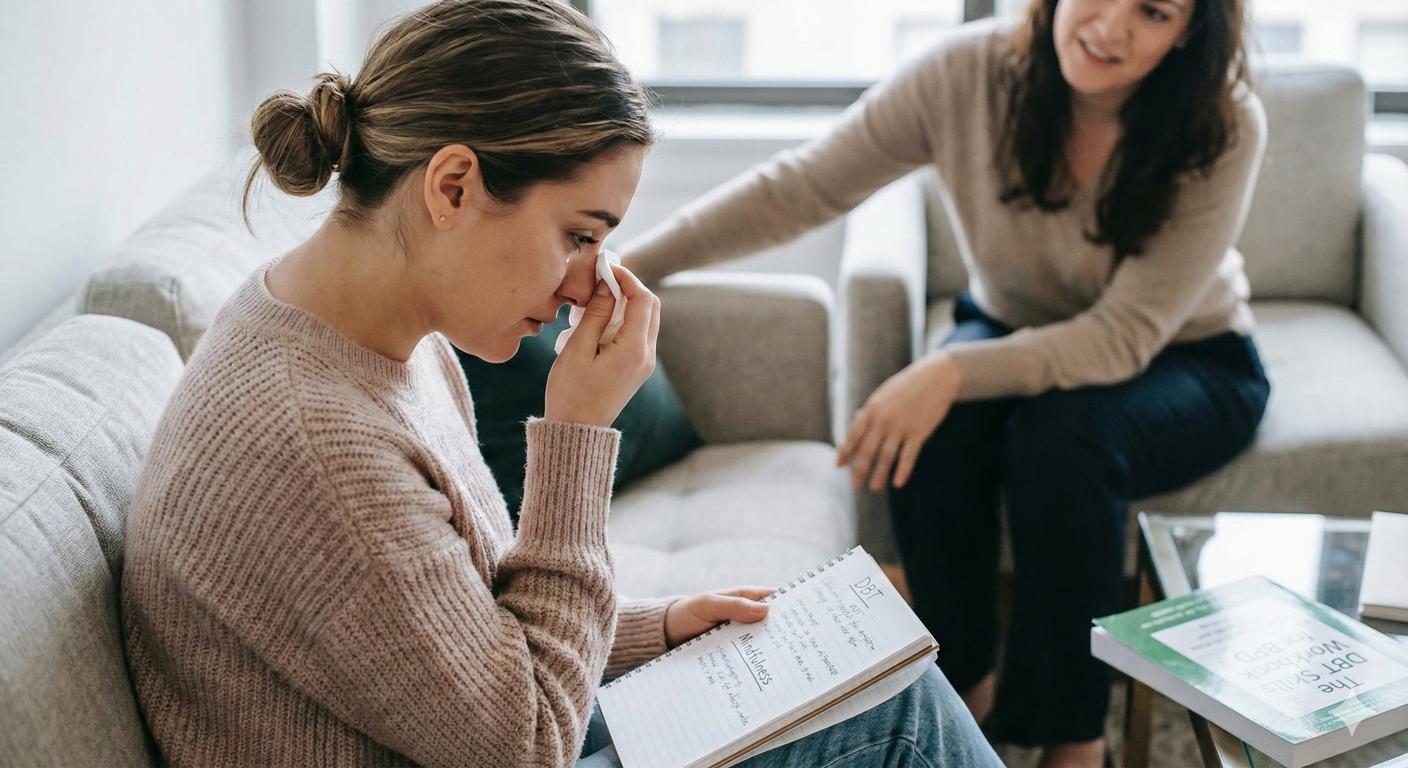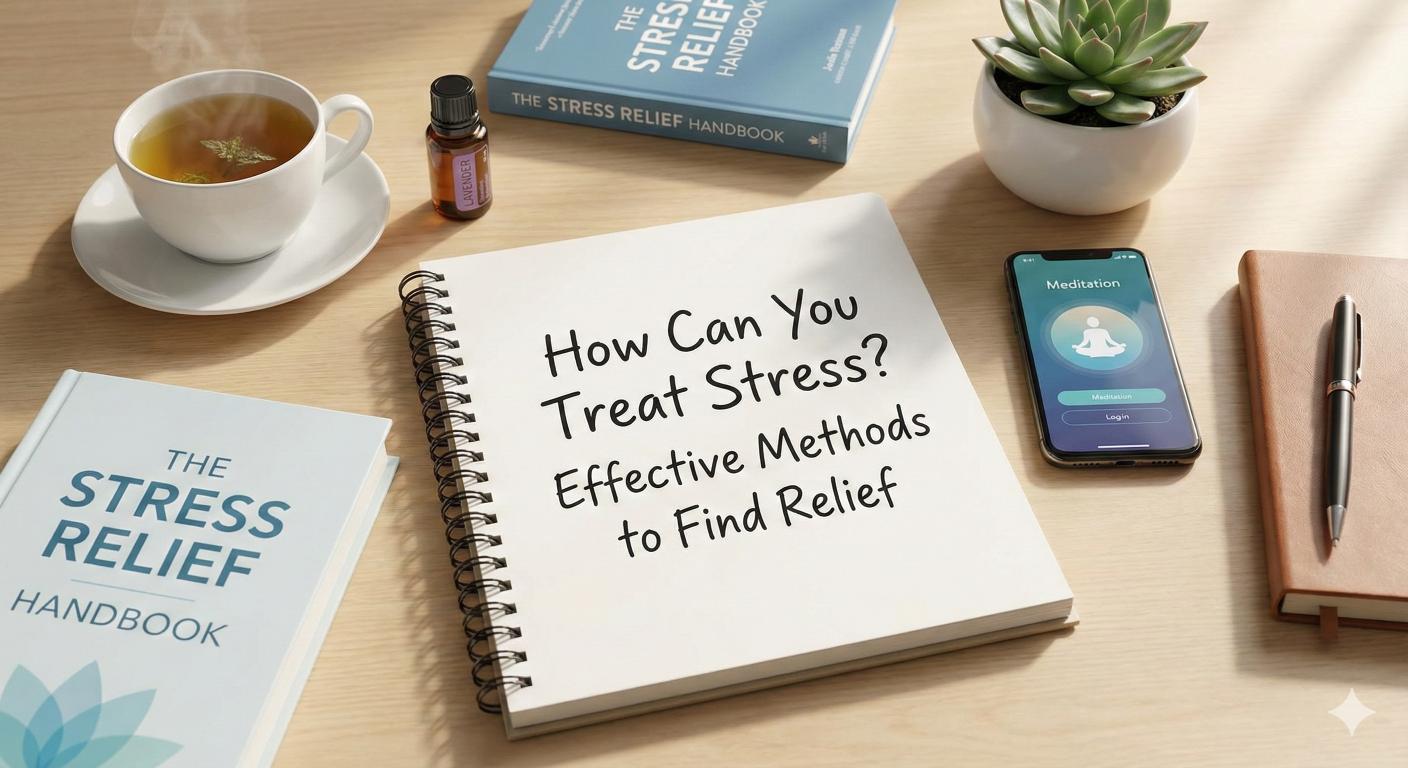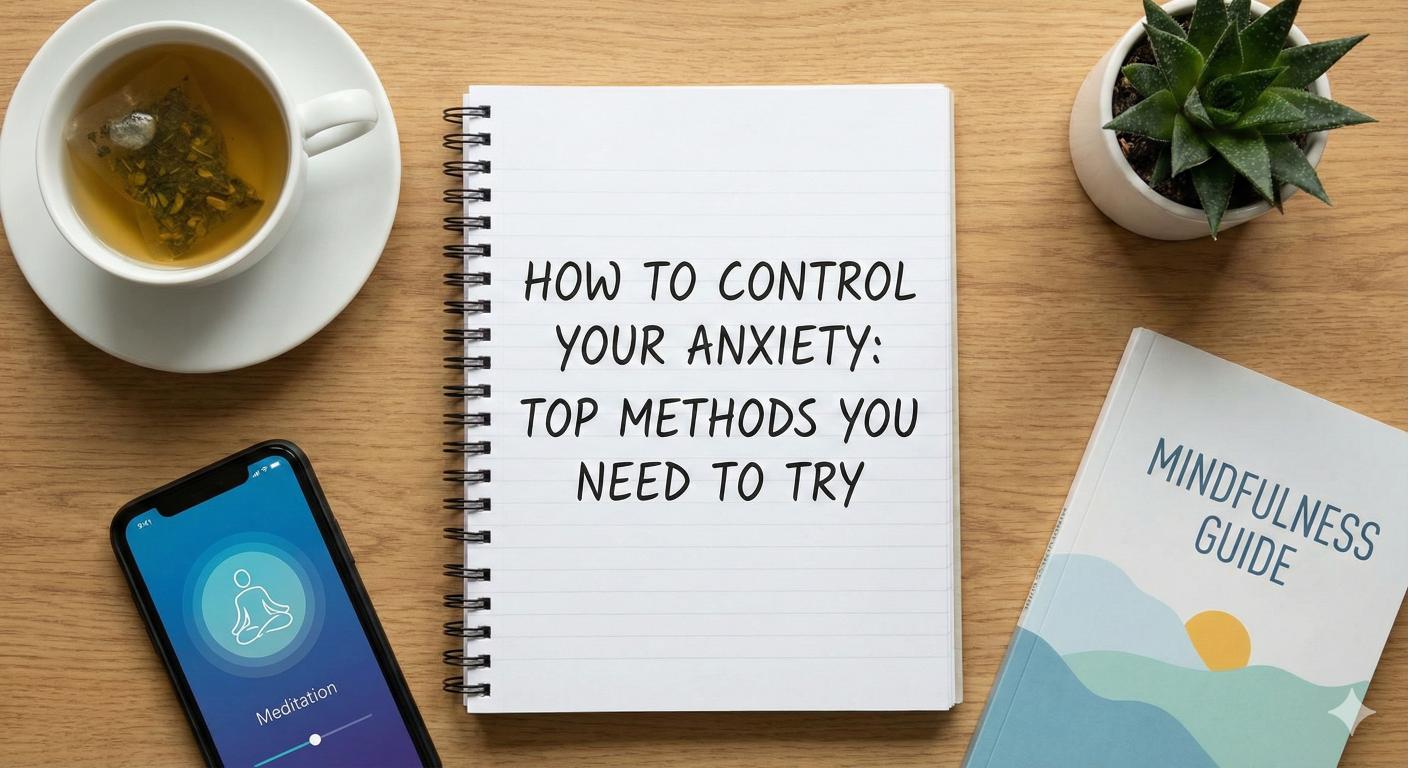Powerful Mindful Movement Practices for Anxiety Relief
Discover mindful movement practices for easing anxiety and learn effective techniques to calm your mind.


Mindful Movement Practices
Importance of Mind-Body Connection
The mind-body connection plays a crucial role in overall well-being, especially for individuals facing anxiety. Understanding this connection can significantly enhance the effectiveness of mindful movement practices for easing anxiety. Research indicates that practices like yoga can alleviate pain, reduce stress, and improve physical fitness, mood, and cognition across various medical conditions.
By engaging in mindful movements, individuals learn to become aware of their bodies and how they interact with their surroundings. This heightened awareness fosters emotional regulation, enabling individuals to respond more effectively to anxiety triggers. Mindful practices serve as a bridge, helping to harmonize mental and physical experiences, leading to improved emotional and psychological resilience.
Benefits of Mindful Movement
Incorporating mindful movement into daily routines offers numerous benefits for mental health, particularly in alleviating anxiety:
BenefitDescriptionReduction in StressRegular practice can lead to lower stress levels.Improved MoodMindful movements have been shown to elevate overall mood.Enhanced Physical FitnessIncreases strength, flexibility, and overall physical health.Better Emotional RegulationHelps manage emotional reactions to anxiety triggers.Community ConnectionParticipating in classes can foster social connections.
Research has shown that yoga, as a form of mindful movement, is recommended as a supportive therapy for mental health conditions. It has demonstrated effectiveness in reducing symptoms of depression, particularly when incorporated into standard care treatment plans. Furthermore, consistent meditation practice can mirror the benefits of structured physical exercises for mental well-being [2].
Studies also indicate that mindful movement practices can be helpful in mitigating stress for specific populations, including cancer survivors, the elderly, and pregnant women. Such tailored interventions often lead to improved quality of life and emotional well-being. Integrating these mindful practices into daily routines offers an accessible and effective way to manage anxiety and enhance mental health.

Breathing Techniques
Incorporating effective breathing techniques can significantly enhance mindful movement practices for easing anxiety. Two specific techniques—diaphragmatic breathing and lion's breath practice—are particularly beneficial.
Diaphragmatic Breathing
Diaphragmatic breathing, often referred to as belly breathing, focuses on using the diaphragm correctly. This technique has been shown to be advantageous for individuals facing breathing challenges, such as those with chronic obstructive pulmonary disease (COPD), heart issues, or cancer [4]. By promoting deeper and more efficient breathing, it can also reduce symptoms of anxiety.
Steps for Practicing Diaphragmatic Breathing:
Breath PhaseActionInhaleExpand diaphragm, fill lungs with airExhaleContract diaphragm, release air slowly
This practice can help calm the mind by redirecting focus to the breath, promoting relaxation, and improving overall respiratory function.
Lion's Breath Practice
Lion's breath is an invigorating yoga breathing technique designed to relieve tension in the jaw and facial muscles. This practice promotes relaxation while also energizing the body and mind. It can be particularly useful as a quick method to alleviate stress during a busy day.
Steps for Practicing Lion's Breath:
Breath PhaseActionInhaleDeep, through the noseExhaleForcefully through the mouth
Both diaphragmatic breathing and lion's breath practice can be integrated into a daily routine as effective tools for managing anxiety. For additional strategies and techniques for anxiety management, consider exploring breathing exercises to control anxiety or methods such as guided imagery for anxiety reduction.

Yoga and Meditation
Nadi Shodhana Pranayama
Nadi Shodhana Pranayama, or alternate nostril breathing, is a breathing technique widely used for its calming effects on the mind and body. This practice involves inhaling through one nostril while closing the other, then switching sides for the exhale. It has been shown to enhance cardiovascular function and lower heart rate, making it an effective practice for relieving anxiety.
The method not only balances the left and right hemispheres of the brain but also promotes a sense of tranquility. Regular practice of Nadi Shodhana Pranayama can lead to improved mental clarity and reduced feelings of stress. To implement this technique, follow the steps outlined below:
StepAction1Sit comfortably with a straight spine.2Close the right nostril with the thumb of your right hand.3Inhale deeply through the left nostril.4Close the left nostril with the ring finger and release the right nostril.5Exhale through the right nostril.6Inhale through the right nostril.7Close the right nostril and exhale through the left.8Continue alternating for several cycles.
Incorporating this mindful movement practice into a daily routine can significantly benefit those seeking methods for easing anxiety.
Equal Breathing Technique
Equal breathing, known as Sama Vritti in Sanskrit, focuses on making inhales and exhales of equal length. This technique aims to improve mental well-being by increasing oxygen supply to the brain and lungs. By creating a balanced breathing pattern, individuals can achieve a greater sense of calm and control over their anxiety.
The equal breathing method can be practiced in various settings and is particularly beneficial during moments of heightened stress or anxiety. Here’s how to practice it:
StepAction1Find a comfortable seated position.2Close your eyes and take a moment to settle.3Inhale for a count of four.4Exhale for a count of four.5Repeat for several minutes, gradually increasing the count if comfortable.
This simple breathing exercise can integrate seamlessly into daily life, making it a valuable tool for managing anxiety. For additional techniques related to breathing, visit our article on breathing exercises to control anxiety. Engaging in these mindful movement practices for easing anxiety helps individuals cultivate a deeper connection with their thoughts and emotions.
Resonant Breathing
Resonant breathing, also known as coherent breathing, is a technique that promotes relaxation and can be particularly effective for those experiencing anxiety. By regulating breaths to a specific rate, it encourages a calm state of mind.
Coherent Breathing Benefits
Coherent breathing involves breathing at a rate of five full breaths per minute. This practice has been shown to reduce stress levels, maximize heart rate variability, and may alleviate symptoms of depression. The connection between resonance in breathing and mental well-being makes it a valuable technique in the toolbox for managing anxiety [4].
Benefits of Coherent Breathing
BenefitDescriptionReduces StressLowers cortisol levels and induces relaxation by activating the parasympathetic nervous system.Increases Heart Rate VariabilityEnhances the body’s ability to respond to stress and regulate emotions.Alleviates Depression SymptomsCan be effective when combined with other mindful practices, improving overall mood.
Implementing coherent breathing can be done through various mindfulness strategies, including meditation.
Combination with Iyengar Yoga
Integrating resonant breathing with Iyengar yoga can enhance the practice's effectiveness. Iyengar yoga emphasizes alignment and precision in postures, which complements the focused approach of resonant breathing. When these two techniques are combined, the potential benefits for individuals with anxiety increase significantly.
Research indicates that this combination can magnify the mental health benefits, contributing to reduced anxiety levels and improving overall feelings of well-being. Mindfulness practices such as the combination of yoga and breathing exercises have shown positive effects in managing stress and improving physical fitness, mood, and cognition [1].
Utilizing resonant breathing alongside Iyengar yoga can facilitate deeper relaxation and promote a stronger connection between mind and body during practice. The focus on breathing while holding poses encourages present-moment awareness, which is crucial for managing anxiety effectively.
In addition, for best results in anxiety management, it is advisable to incorporate this technique with other practices like guided imagery for anxiety reduction and grounding techniques to stay present.
Mindfulness for Anxiety
Managing Emotional Reactivity
Mindfulness plays a crucial role in managing emotional reactivity associated with anxiety. It enables individuals to pause and distance themselves from anxiety-inducing situations. This practice helps them see their thoughts and feelings with greater clarity, providing the freedom to respond rather than react impulsively [5].
The incorporation of mindfulness-based therapy has shown significant effects in reducing anxiety and depression. By adopting a mindful approach, individuals can cultivate psychological flexibility and resilience, essential traits for navigating life's challenges. Mindfulness techniques also foster a pause between stimulus and response, allowing for a more objective evaluation of the situation [5].
Benefits of Mindfulness in Managing AnxietyReduces emotional reactivityEncourages greater clarityPromotes resilienceEnhances psychological flexibility
Relaxation and Calming Techniques
Numerous relaxation techniques can complement mindfulness practices for anxiety relief. Activities such as grounding exercises and controlled breathing, aligned with mindfulness, are incredibly effective in managing anxiety levels and alleviating specific triggers [5].
Mindful breathing techniques engage the parasympathetic nervous system, leading to a calming effect on both the body and mind. This practice can help release feel-good endorphins, making it easier to accept and move on from feelings of anxiety.
Additional relaxation strategies include mindfulness meditation, which encourages individuals to focus on present-moment awareness and sensations without judgment. This method can significantly reduce stress levels when combined with guided imagery and breathing exercises [6].
Relaxation Techniques for Anxiety ReliefGrounding exercisesDiaphragmatic breathingMindful meditationGuided imagery (guided imagery for anxiety reduction)
Engaging in these mindful movement practices for easing anxiety can help individuals move away from negative thought patterns, reduce stress, and focus their attention on the present moment. For those interested in expanding their anxiety management tools, exploring additional resources on the role of self-care in anxiety prevention or breathing exercises to control anxiety can be highly beneficial.
Mindfulness Meditation
Mindfulness meditation plays a vital role in managing anxiety by promoting a state of present-moment awareness. This practice can significantly impact mental health, providing individuals with tools to navigate stress more effectively.
Present-Moment Awareness
Present-moment awareness, a fundamental aspect of mindfulness, helps individuals become more attuned to their thoughts, feelings, and bodily sensations without judgment. Research indicates that enhanced present-moment awareness increases stress resilience and fosters effective coping strategies. A study involving 143 university students found that those who practiced mindfulness were more likely to manage stress in ways that contribute to better health and well-being.
The benefits of being present can lead to:
By cultivating this awareness, individuals can create space to respond thoughtfully to stressors rather than react impulsively.
Mindfulness-Based Stress Reduction
Mindfulness-Based Stress Reduction (MBSR) is an established program designed to alleviate symptoms of stress, anxiety, and depression. Studies indicate that MBSR alters emotional responses by modifying cognitive and affective processes. For instance, individuals with social anxiety disorder who completed MBSR programs reported improvements in anxiety and depression symptoms, increased self-esteem, and reduced experiences of negative emotions during breath-focused attention exercises [7].
The key features of MBSR include:
Incorporating mindfulness meditation into daily routines can lead to meaningful improvements in mental well-being, similar to the benefits obtained from regular physical exercise. Regular practice, regardless of the specific type of meditation, has been associated with enhanced adherence and positive outcomes [2].
Practicing mindfulness meditation not only interrupts the stress cycle but also fosters an environment for individuals to manage anxiety more effectively. Those interested in additional resources can explore methods like guided imagery for anxiety reduction or breathing exercises to control anxiety.
References
[2]:
[3]:
[4]:
[5]:
[6]:
[7]:
More Resources
A team ready to start your journey.
Get in touch — today.
We are a safe space – a haven for exceptional individuals to receive discreet, personalized, in-person treatment and care.
.avif)










